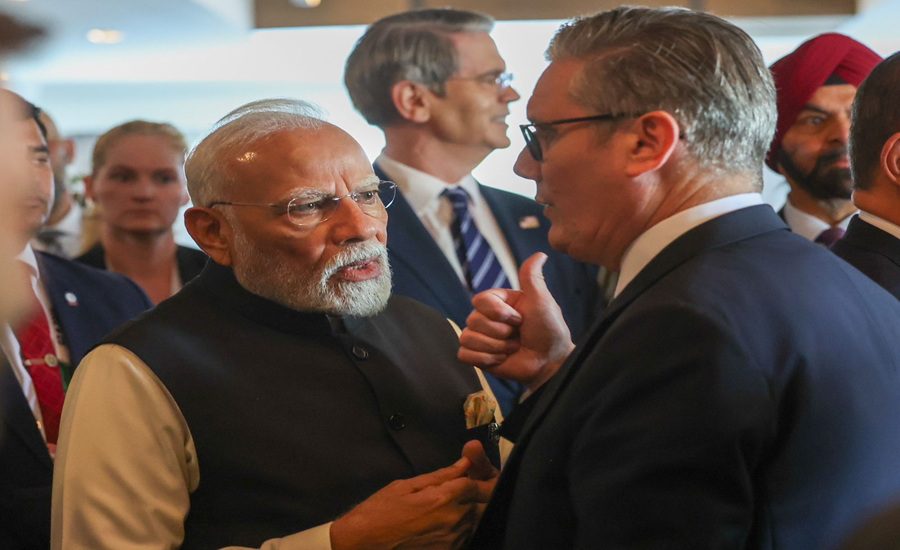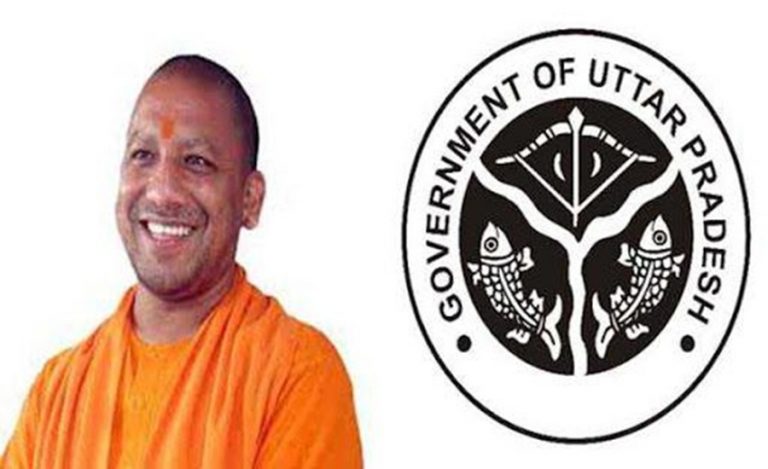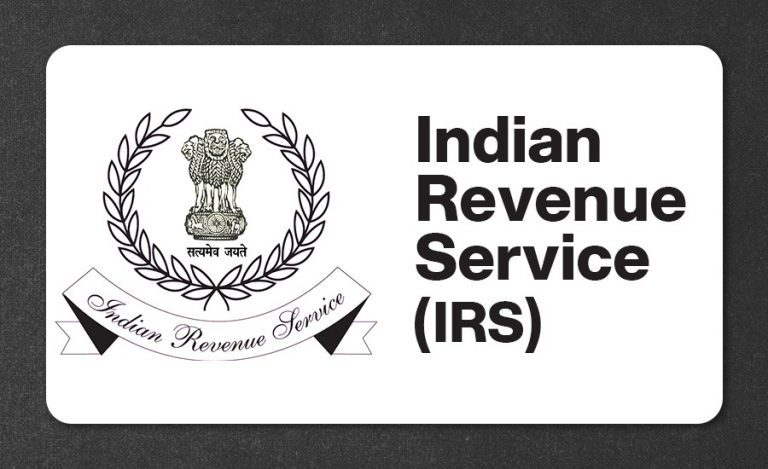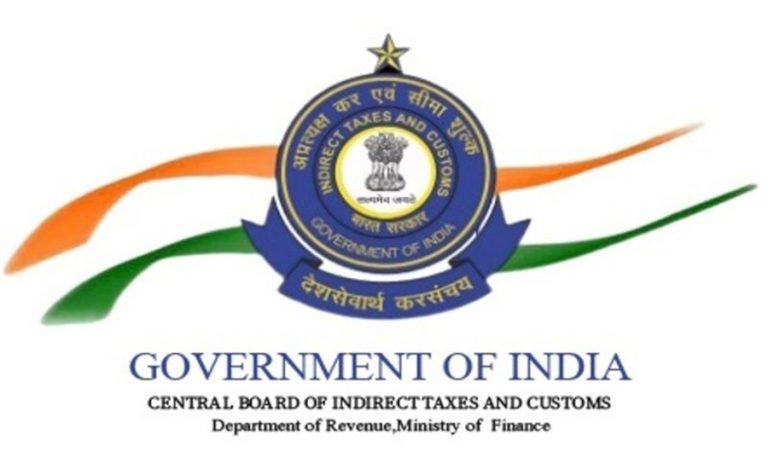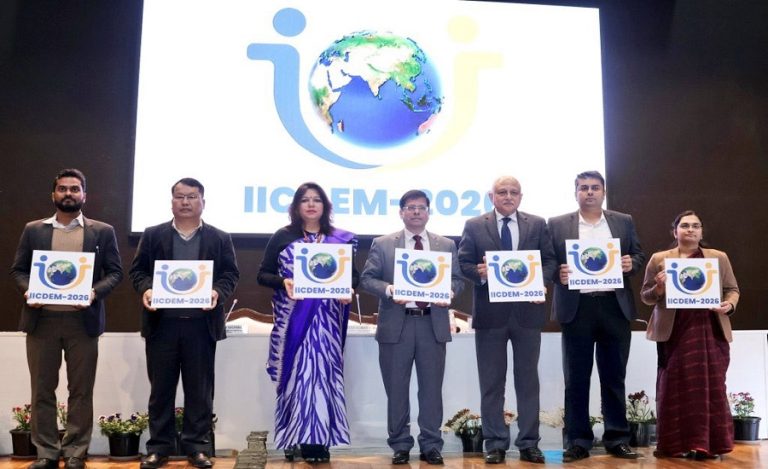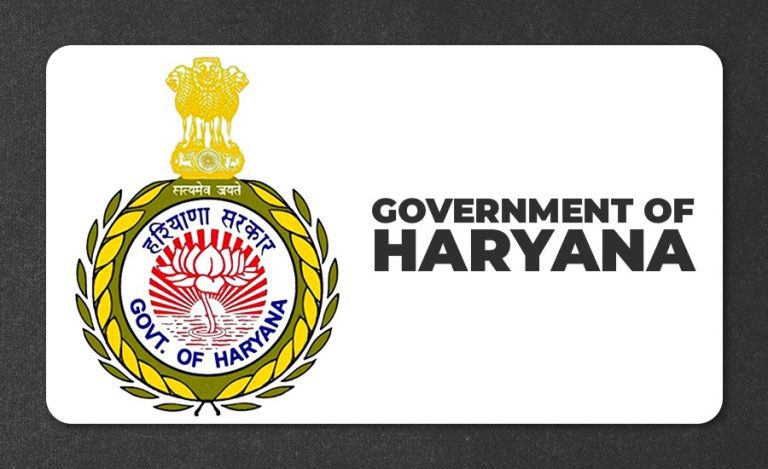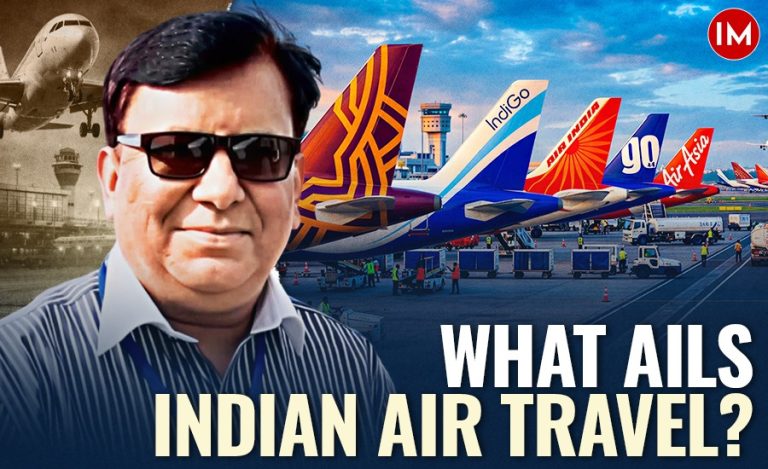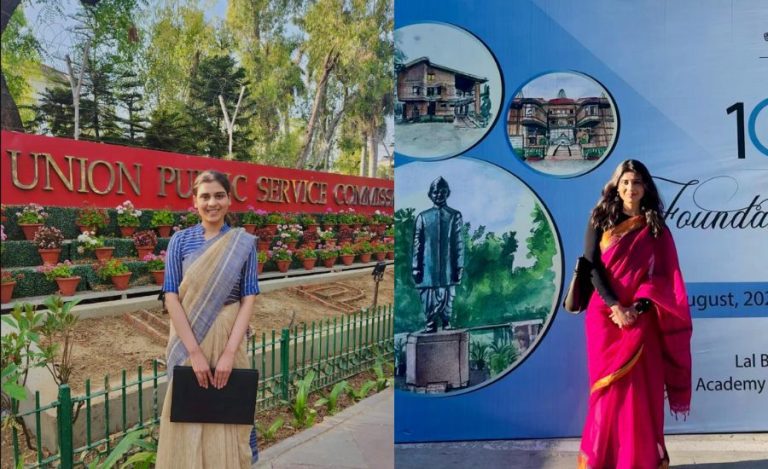New Delhi/London – As Prime Minister Narendra Modi embarks on his fourth official visit to the United Kingdom on July 23, 2025, India is poised to deepen its multi-dimensional partnership with Britain—anchored in defence cooperation, economic convergence, and diaspora security concerns. The visit is set against the backdrop of the landmark India–UK Free Trade Agreement (FTA), which was finalised in May this year, and comes at a time when both nations are recalibrating their strategic priorities.
Strengthening Strategic Synergy Through Defence
At the heart of this evolving relationship lies an increasingly robust defence partnership. Regular bilateral and multilateral military drills, cross-posting of instructors in military academies, and a shared vision for technological advancement underscore the deepening engagement between the two nations.
“In the defence sector, we are seeing regular interactions and exercises among all three branches of the armed forces,” said Foreign Secretary Vikram Misri, highlighting that the two sides are now exploring collaboration on electric propulsion capability—a key future-facing technology for naval applications.
Joint military initiatives include:
- Exercise Konkan – Indian Navy’s participation in the Arabian Sea.
- Exercise Cobra Warrior – Indian Air Force’s engagement at RAF Waddington.
- Exercise Ajeya Warrior – Indian Army’s continued involvement in Salisbury, UK.
- Exercise Tarang Shakti – A major multinational air exercise scheduled for August 2024.
These exercises, as officials note, go beyond symbolic participation—they aim to foster operational synergy and advance the goals of India’s ‘Make in India’ defence production framework.
Modi–Starmer Talks: Setting the Tone for a Deeper Bond
Over the past year, PM Modi and his British counterpart Keir Starmer have met twice—first during the G20 Summit in Brazil and more recently at the G7 Summit in June. Frequent conversations and in-person engagements have laid the groundwork for what officials are calling a “comprehensive reset” of ties.
During this visit, Prime Minister Modi is also scheduled to meet King Charles III and interact with major business leaders, indicating a whole-of-government and whole-of-economy approach.
India and the UK now share what is formally described as a Comprehensive Strategic Partnership. It rests on five ministerial-level institutional mechanisms that cover strategic affairs, finance, trade, energy, and science and technology. This structured engagement has allowed both sides to steadily expand cooperation in critical sectors while creating clear lines of dialogue.
India–UK FTA: A Turning Point for Bilateral Trade
The Free Trade Agreement signed on 6 May 2025 stands as a milestone. With projections to boost bilateral trade by £25.5 billion over the coming years, the pact marks a transformative moment for both economies. The existing trade volume of £43 billion is expected to almost double by 2030, reaching $120 billion.
The agreement eliminates tariffs on 99% of Indian exports to the UK and 90% of UK exports to India. Key beneficiaries include Indian sectors like textiles, gems, furniture, and chemicals—many of which will now face zero or reduced duties.
For the UK, there are notable gains too. Tariffs on whisky will be halved from 150% to 75% immediately, then reduced to 40% over a decade. Auto components, food and drink, medical devices, and machinery will also benefit from gradual tariff reductions.
Importantly, India has protected sensitive sectors. Dairy, apples, smartphones, and optical fibres are all on the exclusion list.
The FTA also liberalises services trade, especially in IT and R&D. Professionals like chefs and yoga instructors stand to gain from relaxed mobility rules and reciprocal social security arrangements.
Khalistani Threat on the Table
One of the most pressing issues India will raise is the continued presence of Khalistani extremist elements on British soil. Foreign Secretary Vikram Misri has reiterated that such groups threaten not only Indian national security but also disrupt public order in the UK.
New Delhi has repeatedly flagged this concern and is expected to seek concrete assurances from London during the visit.
Extradition: India Pushes for Action
India is also pressing the UK for progress on the extradition of high-profile fugitives. While recognising the legal challenges within Britain’s judicial framework, Indian officials have pointed to recent developments—such as the successful extradition of Tahawwur Rana from the US—as positive examples.
There is cautious optimism that sustained diplomatic pressure may lead to breakthroughs.
Bilateral Investment: A Two-Way Surge
The UK is India’s sixth-largest investor, with total investments exceeding $36 billion. India, in turn, has become a major investor in the UK, with over $20 billion in FDI.
This two-way economic engagement has deepened, thanks in part to frequent high-level exchanges and formalised cooperation platforms.
Recent Milestones Signal Deeper Convergence
Two major diplomatic engagements in June 2025—the 17th UK–India Foreign Office Consultations and the first Strategic Exports and Technology Cooperation Dialogue—highlighted expanding cooperation in trade, defence, and technology.
Both sides also recently finalised a Double Contribution Convention, smoothing social security rules for multinational employees, particularly in IT and research sectors.
Looking Ahead: Redefining the Future of India–UK Ties
This visit is expected to reinforce the shift toward a modernised India–UK relationship. With the FTA as its economic backbone, both sides are now looking to expand strategic, legal, and technological convergence.
By placing fugitive extradition and extremism alongside trade and investment, India is signaling that national security and economic cooperation must go hand in hand.
As the two nations prepare for a high-stakes diplomatic week, all eyes are on London to see whether the momentum can translate into durable outcomes.

